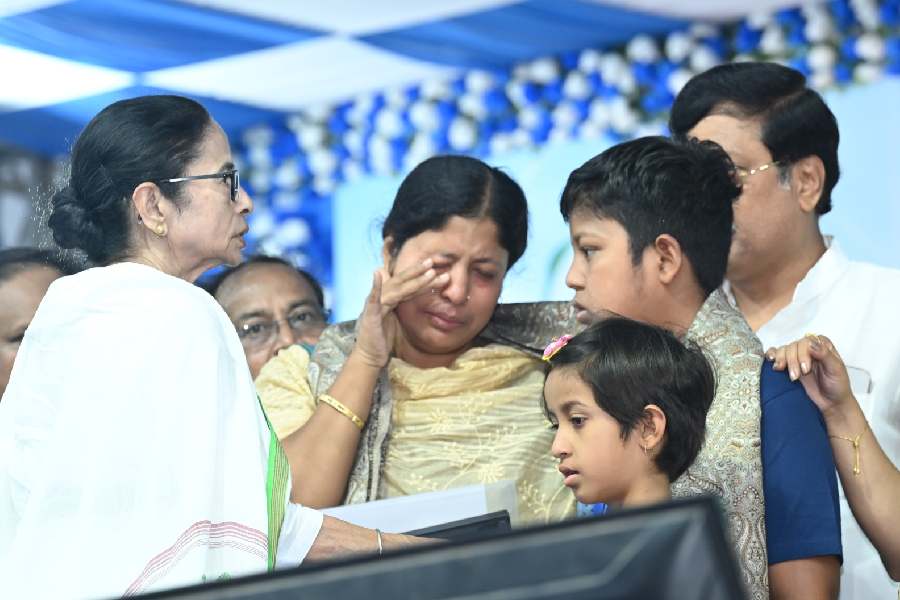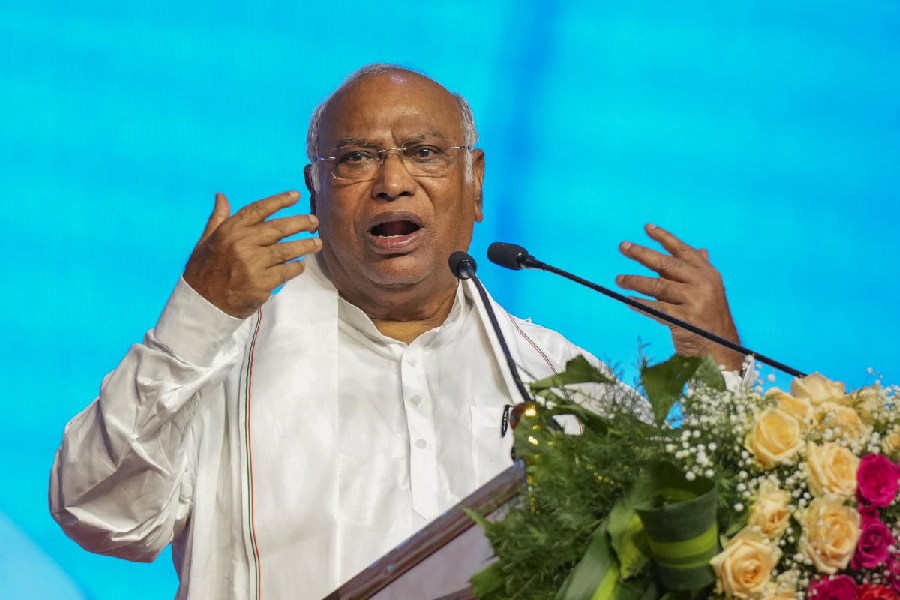 |
| A kingfisher perched on a bicycle handle during last year’s Big Bird Day |
Expensive eyepiece or naked eye, no matter what one chooses to use, the birding community will be out from dawn to dusk on Sunday for the first Bengal Bird Day to record as many feathered species as possible.
The daylong programme is similar to the annual pan-Indian Big Bird Day held last February, but the Bengal clone will have an edge because of its timing.
“We thought of having a Bengal-specific programme in mid-January because winter ends in our state by February and many migratory birds fly away to their summer homes,” said veteran birder Sumit Sen.
“The variety of birds found in winter is about 30 per cent more than what we get in summer. The programme will help us collect accurate data on birds found in Bengal,” said Sen, the founder of Bengalbirds, the group organising the event.
Anyone with a keen eye and a heart for birds can register at birdsofindia@aol.in by Saturday afternoon.
Teams can choose to cover even a nook in their neighbourhood that draws a bouquet of birds.
Already, 45 teams of about 160 participants have registered and applications are pouring in from across the state, including Darjeeling, Bakkhali and Fraserganj.
Sure-shot birding spots, such as the marshlands off the EM Bypass and the Chintamoni Kar Bird Sanctuary in Narendrapur, have drawn many entries.
The effort will help create a database of birds found in the state — crucial for monitoring species diversity and conservation programmes — and to understand climate and environment changes.
A veteran birder said one could go with heavy equipment (latest cameras fitted with zooms that look like rocket-launchers) or simply capture the sights and sounds with their eyes and record each sighting on a scrapbook.
“Photographs are not mandatory but a photo is welcome if you spot a rare species.”
“What people know about the birds of Bengal is the result of enthusiasts going out on their own and recording various species, many of which are sighted only once. A single sighting is different from regular sightings. But then, follow-ups are rare because birding is a voluntary effort. An annual daylong search helps update existing data,” a seasoned birder said.
If a new bird was sighted in 2010 and never again, it could point to climatic or environmental changes that occurred that year.
Such birds are called vagrants, while those sighted every year are either migrants or residents.
“The data can help us understand our environment because birds flock to a place if its climate and habitat suit them,” said birder Shubhankar Patra.
The Bengal leg of last year’s Big Bird Day had drawn 212 participants, the highest in the country. Bunched into 61 teams, they recorded 396 distinct species, of which 190 were found in the metropolitan area of Calcutta.
The city’s count was several notches up from the 137 species recorded during the second edition of the event in 2011.
The Bengal Bird Day organisers will select the “star bird” from the rarest sightings and the team’s name will be published on the website kolkatabirds.com. All participants will get a certificate too.
At the end of the day, the participants will have to email the organisers the name and number of species they found, including the location.
A three-member team will compile the reports, prepare a final list and feed it to a database.











